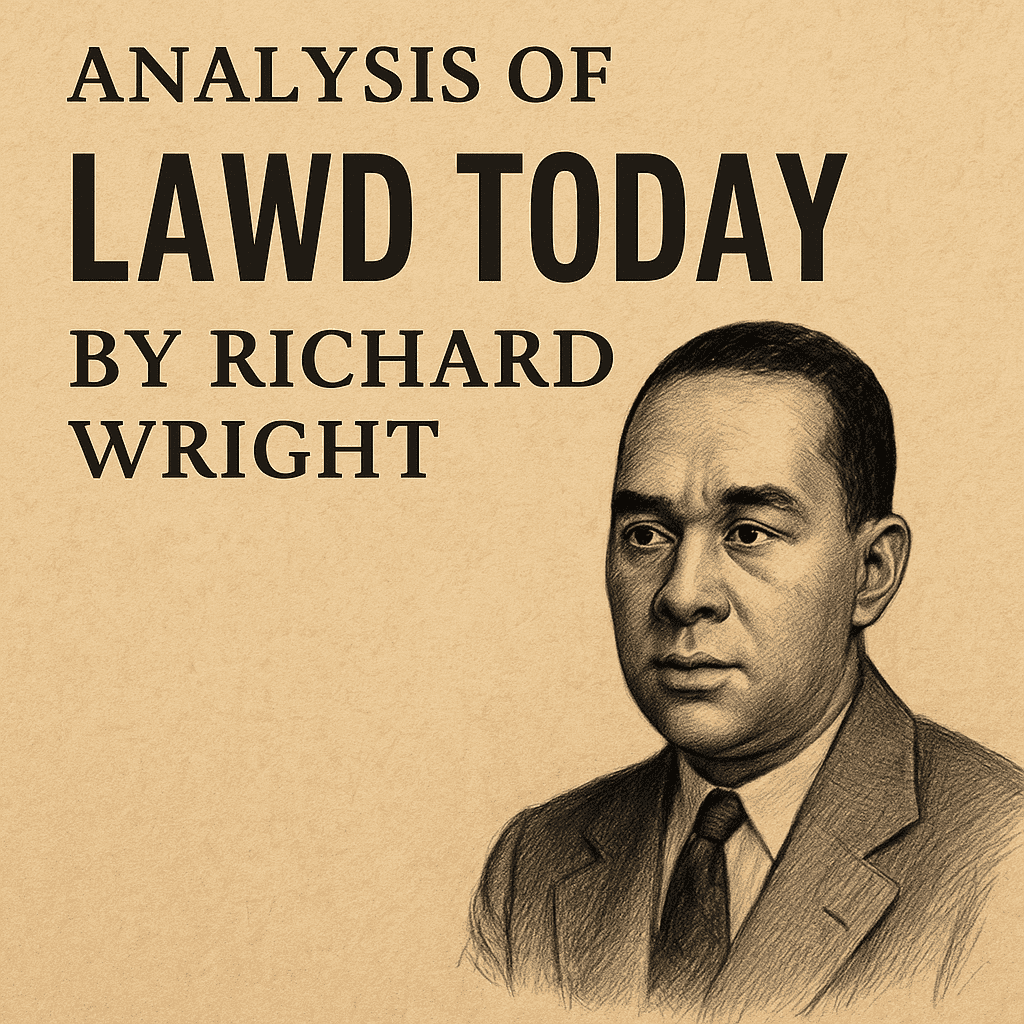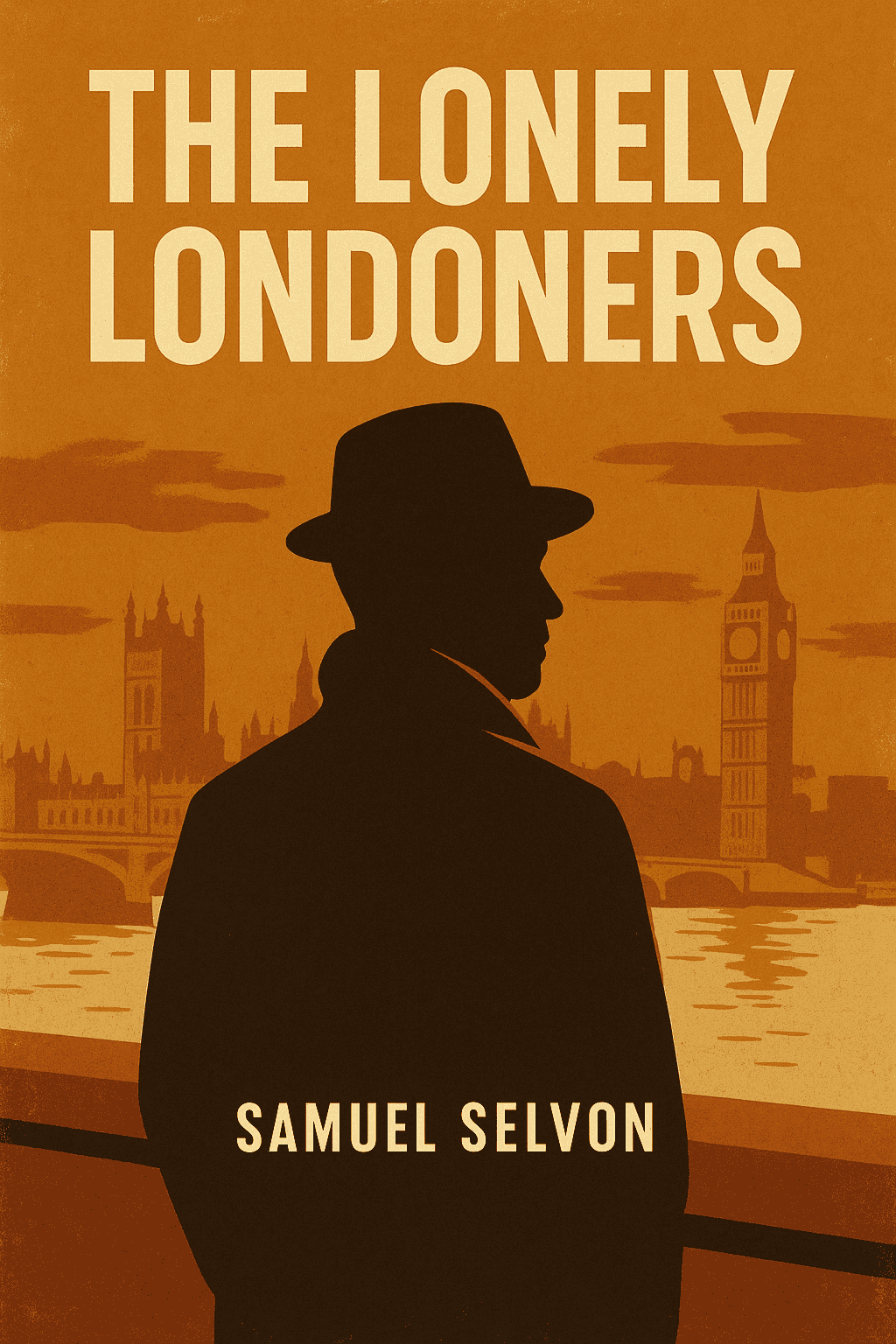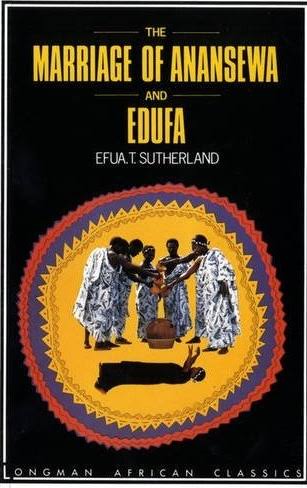🎥 We’re cooking something delicious for you on our YouTube channel. In the coming days, you will learn SSCE literature texts like you're in class 📚✍🏽
Be part of this new journey we are about to embark on.
🔔 Subscribe Now
Toni Morrison doesn’t just write novels; she completely changes how we experience them. Her sixth book, Jazz, published in 1992, throws us right into the heart of 1926 Harlem, with a story that moves and flows just like the music it’s named after.
After winning a Pulitzer Prize for Beloved, Morrison could have played it safe — but she didn’t. Instead, she took even bigger risks with her style, blending history, memory, and emotion in a way that feels totally different.
Some critics thought the characters in Jazz felt a little more distant than in her earlier books, but most readers loved it. And just a year later, Morrison’s boldness paid off when she was awarded the Nobel Prize in Literature.
Plot Summary of Jazz
Jazz by Toni Morrison is a story about personal lives and about history. It mainly follows Joe and Violet Trace. It also shows what life was like for African Americans, from before the Civil War to the Great Migration north. Joe and Violet’s move from Virginia to Harlem in 1906 is part of that bigger story.
The novel starts and ends with Joe, Violet, and a young girl named Felice. Joe, a fifty-year-old man, falls deeply in love with an eighteen-year-old girl named Dorcas. His love is so wild and painful that he ends up shooting her. Violet, his wife, is so upset that she attacks Dorcas’ body at the funeral.
The narrator of the story acts like a neighbourhood gossip or a storyteller. She helps explain why Joe and Violet behave the way they do. She also shows how their lives connect to the larger African American experience.
Joe and Violet both grew up without parents. They are searching for love, family, and a sense of belonging. Violet’s life is haunted by the memory of her mother, Rose Dear, who killed herself after years of hardship. Violet also grew up hearing her grandmother’s stories about a beautiful boy named Golden Gray, which filled her with confusion about her own worth.
Joe was raised by a kind couple named the Williamses. But when he asked about his real parents, Mrs. Williams told him they had “disappeared without a trace.” That’s how Joe chose his last name, Trace. Later, Joe is trained by a famous hunter, Henry LesTroy, to survive in the woods — and in life. Joe uses those skills to search for his mother and later to find Dorcas.
In Harlem, Joe and Violet try to build a better life. Joe moves from cleaning fish to working as a hotel waiter to selling cosmetics door-to-door. Violet works as a beautician. But even though they have better jobs, their marriage slowly falls apart. They barely speak to each other anymore. Violet feels lost and broken in the big city. She even tries to steal a baby to fill the emptiness she feels inside.
Joe, on the other hand, looks for young love again. He meets Dorcas and falls deeply for her. With Dorcas, he talks about things he has never shared with anyone. Their love lasts for a few months until Dorcas leaves him for younger boys, jazz, and parties. Heartbroken, Joe shoots her because he couldn’t let go of the feeling she gave him.
After Dorcas’ death, Joe and Violet’s lives seem broken. But when Felice, Dorcas’ friend, comes to their home looking for a lost ring, something changes. Her visit helps Joe and Violet reconnect. They find comfort in each other again.
By the end of the novel, Joe, Violet, and Felice have all found a kind of peace. They have accepted who they are, and they are ready to keep living in the city, stronger and more whole than before.
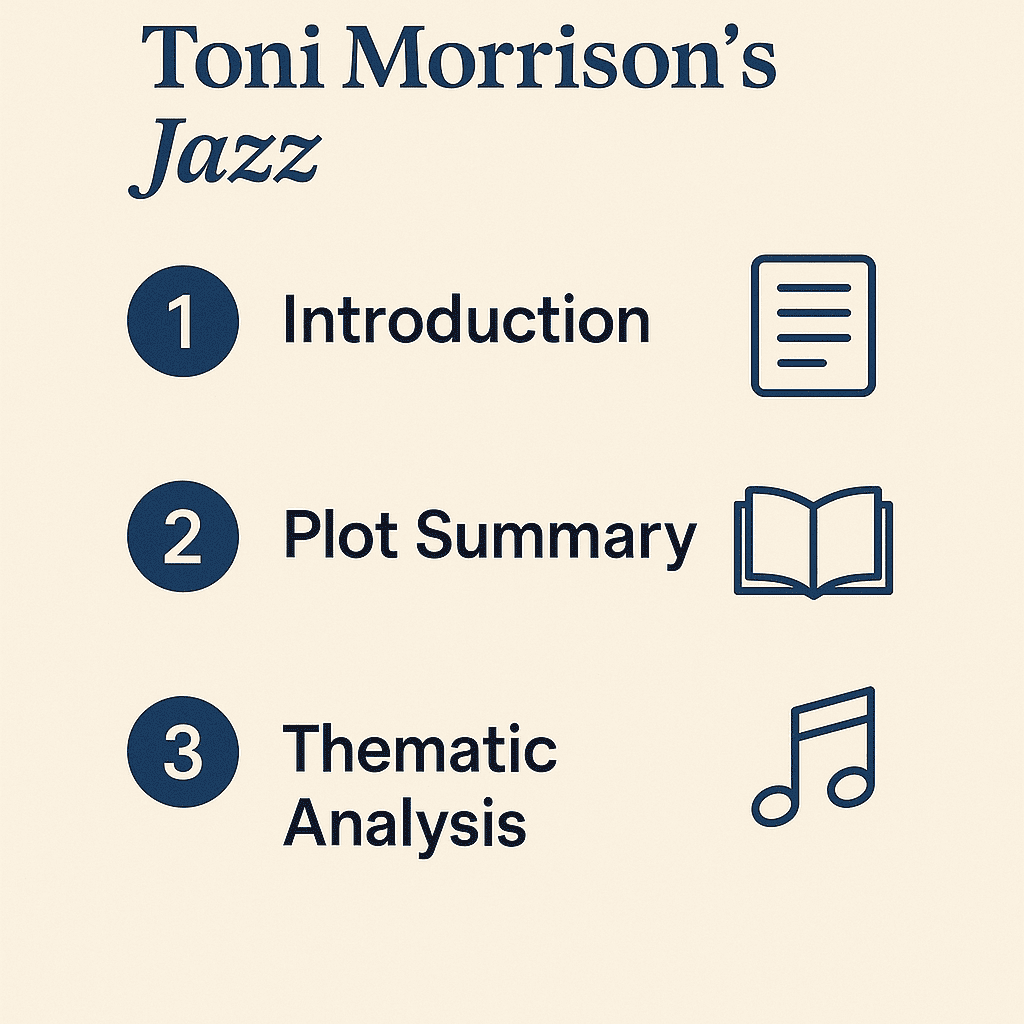
Characters
The characters in Jazz by Toni Morrison include the narrator, Joe Trace, Violet Trace, and Dorcas Manfred.
The Narrator
The narrator tells the story. She sees, hears, and knows everything about the characters. She is not always fair. She sometimes imagines what she doesn’t know. She admits when she guesses or gets things wrong. She tries hard to understand people, their pasts, and their feelings. She learns that people’s lives are more complicated than they first seem.
Joe Trace
Joe is Violet’s husband. He kills Dorcas, his young girlfriend, because she found another boyfriend. Even though everyone knows Joe did it, he is not arrested.
Joe is kind and trusted by his neighbours. In Virginia, he worked hard and lived a simple, happy life. In the city, he tried to build a better life.
Joe misses the love he never got from his mother and his distant wife, Violet. This loneliness leads him to make terrible mistakes.
Violet Trace
Violet is Joe’s wife. She is about fifty years old. At the start of the story, she is sad, confused, and angry. She cuts Dorcas’ face at Dorcas’ funeral. People call her “Violent” because of this. Violet wants to understand why Joe loved Dorcas.
She was once strong and lively. Her sad childhood and her mother’s death left deep wounds in her.
By the end, Violet finds some peace. She enjoys small things like her new parakeet and visits from a young girl.
Dorcas Manfred
Dorcas is the young girl Joe falls in love with. She is shot by Joe when she finds a new boyfriend.
Dorcas is not shown as an innocent victim. Some people see her as selfish and cold. Even the narrator says she was dishonest sometimes.
Dorcas enjoys feeling loved and wanted. She dies young, surrounded by music and holding another boy.
Other important characters in the text are Alice Manfred and Felice.
Alice is Dorcas’ aunt, who raises her after her parents die.
Felice is Dorcas’ best friend. She later becomes close to Joe and Violet.
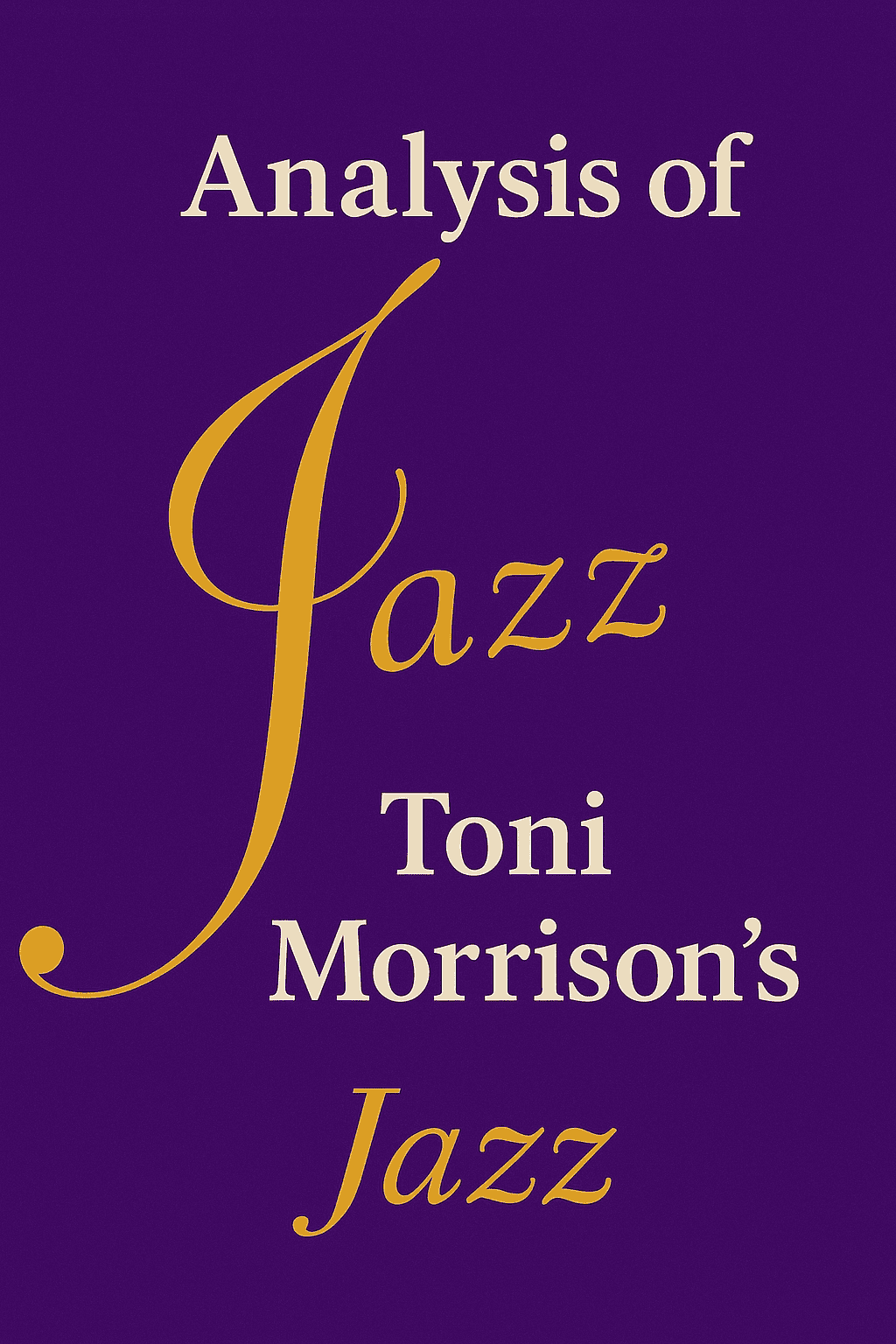
Thematic Analysis of Jazz
The main theme in Toni Morrison’s Jazz is survival and growth. Toni Morrison shows that for African Americans to survive and succeed, they must be both creative and respectful of traditions. They have to use the lessons of the past while also creating something new.
Jazz music, which is heard all over Harlem, shows this balance. Jazz mixes old beats with new sounds. Every performance is different, but the heart of the music stays the same. This teaches us that people can change and still stay connected to their roots.
Joe Trace feels unsure about the new music he hears in Harlem, like the guitar music played by blind twins. He worries it might be part of why Dorcas became restless. But he remembers what helped his ancestors survive: they stayed new and the same at the same time. Every day, they had to keep their identity while adapting to a changing world. Jazz music is just like that — new and old at once.
Also of note is Alice Manfred’s fear of the power of music. She hears a parade of Black people marching and playing drums. The beat makes her feel connected again after years of feeling lonely. Still, Alice believes that jazz is dangerous. She thinks it smells of “flesh” and leads to temptation. She believes what the preachers and writers say: that jazz is not real music and is harmful and shameful.
She blames jazz for pulling Dorcas into a wild life of nightclubs, older men, and finally, death.
Even though jazz seems dangerous to some, Morrison shows that jazz mostly represents strength, hope, and life. At the end of the novel, the narrator celebrates Joe and Violet Trace. They are “real,” “sharply in focus,” and “clicking.”
This “clicking” is the sound of life and rhythm. It is found in people snapping their fingers under the trees, in the playful walk of young girls, and in the proud eyes of old men. It is in the music playing on old record players (Victrolas).
Finding the Missing Piece
The characters in Jazz are all searching for something they are missing:
- Some are looking for lost parents.
- Some are looking for lost love.
- Some want children they once thought they didn’t need.
When they finally hear the “clicking” — in the beat of a parade drum or a jazz tune — their lives don’t change in big ways. Instead, they simply feel real and alive.
Joe and Violet share meals and warmth. A young girl visits and plays jazz records. Even their parakeet, once silent, sings happily when they take it to the rooftop, where the wind and music fill the air.
Jazz by Toni Morrison thus explores themes of identity search, love, betrayal, music as life’s rhythm, and communal connection.
Receive Literary Updates through our Social Media Channels:
- WhatsApp: Literature PADI
- Telegram: Literature PADI
- YouTube: @literaturepadi
- Facebook: Literature PADI



